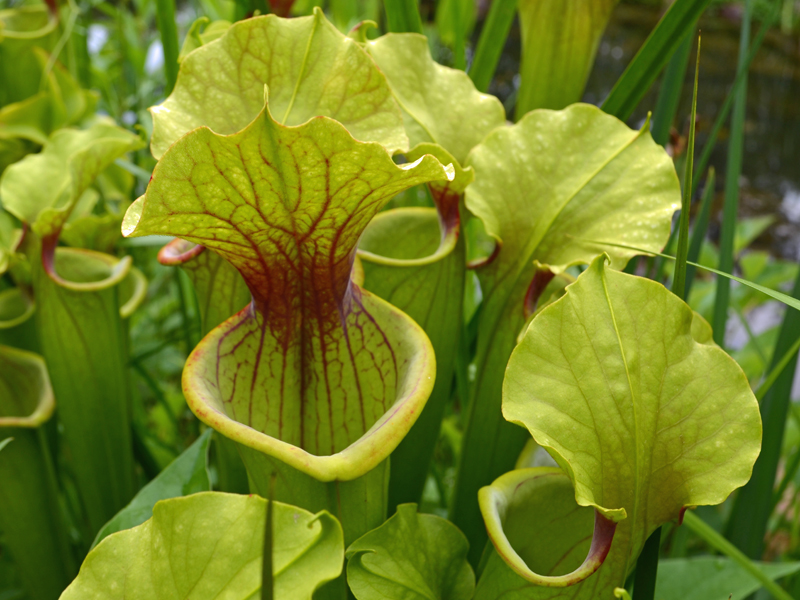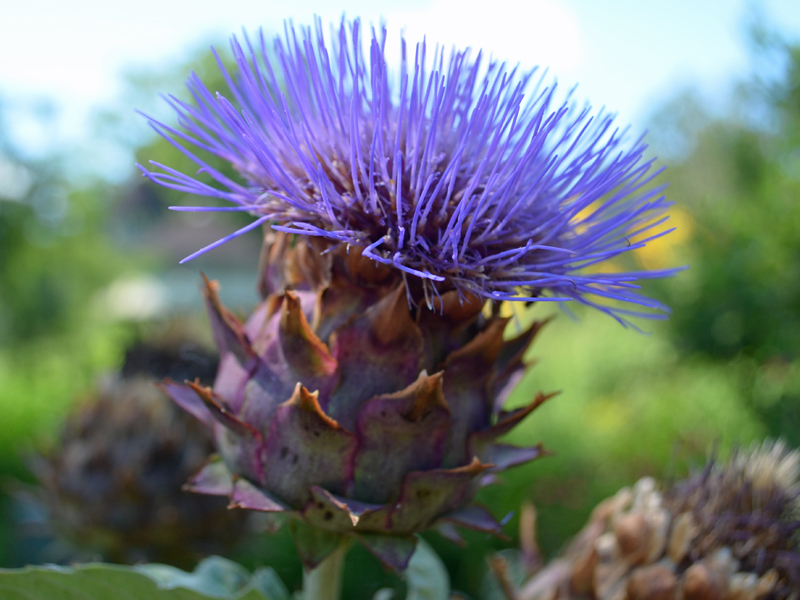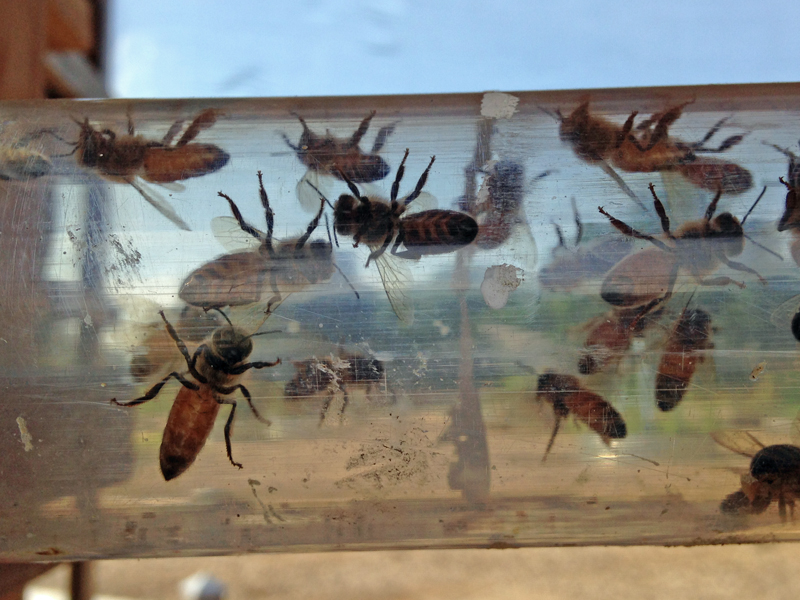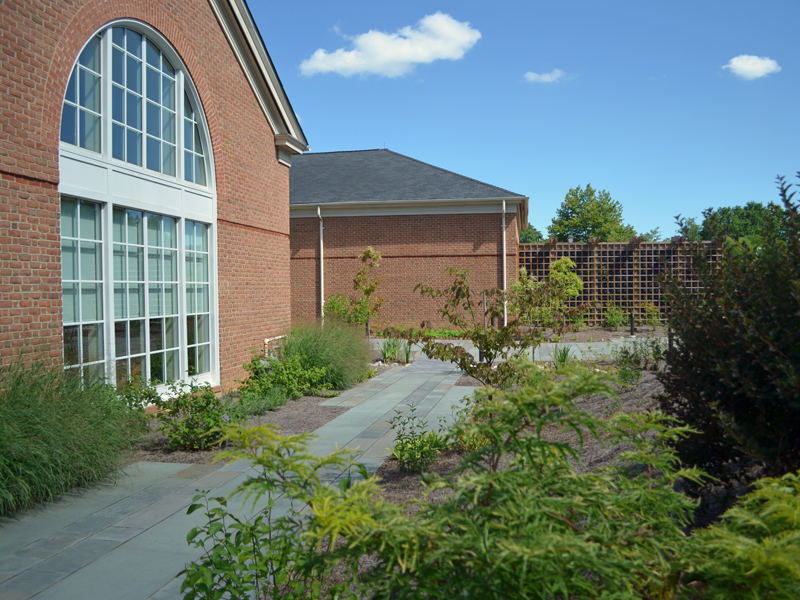Conservation Conversation
A visitor recently asked me about Lewis Ginter Botanical Garden’s conservation efforts. It made me stop and think. So many of those efforts are simply part of our everyday activities. For instance as I walk through the Garden, I am surrounded by thousands of them – 5,538, in fact! That’s the total number of “taxa” or unique types of plants at Lewis Ginter Botanical Garden (2016).
Since plants can’t talk, botanical gardens are here to help them tell their stories. Here are four conversations our plants at Lewis Ginter could have with you about conservation:
- Pitcher Plants (Sarracenia)
- West Island Garden
The Garden has an excellent collection of pitcher plants (Sarracenia), including some endangered species. This is important to us because their habitat is one of the most endangered ecosystems around. Estimates show only about 2.5 percent of the pitcher plant habitat that existed pre-European colonization still remains. Development, lower water tables, poaching, fire suppression and many other factors are all contributing to the loss of the specialized habitat these plants need to survive. Lewis Ginter Botanical Garden works with groups dedicated to the conservation of these unique plants, including North American Sarracenia Conservancy and Meadowview Biological Research Station (both located in Central Virginia).
- Children’s Garden
The Weird and Contrasting Plants Garden allows children to get up-close to see and learn about pitcher plants (Sarracenia), sundews (Drosera), bog orchids (Plantathera) and Venus fly traps (Dionaea muscipula).
- Heirloom and Historic Plants
- We work with the Thomas Jefferson Center for Historic Plants at Monticello and plant their seeds in the Garden. Accompanying signage increases awareness and interesting facts, such as how the plant may have been used in the 1700s.
- We grow heirloom plants in the Children’s Garden. We collect the seeds to re-use, creating better biodiversity.
- Apiary and Butterflies LIVE!
We strive to communicate the “bigger picture” to people with features and exhibits such as the Apiary and Butterflies LIVE! They underscore the importance of pollinators in our everyday lives. This also allows us to talk about not killing caterpillars and the importance of native host plants. We use Integrated Pest Management (IPM) in the Conservatory.
4. Native Plants
One of our most recent gardens is the Morton Native Plant Garden. This is on the west side of the Kelly Education Center and can be viewed from the Library. In this garden, we planted the most beautiful, disease-resistant and interesting native plants we could find. We removed 5,300 sq. ft. of turf to create a sanctuary of plants native to this area, Virginia specifically. We have also highlighted best practices you can recreate in your own home garden, including featuring drought-tolerant native plants, drip irrigation, and capturing rainwater to irrigate when needed.
I hope as you visit and learn more about Lewis Ginter Botanical Garden, some of these stories will spark your curiosity and add to your experience. The conservation conversation is an important one — let’s keep talking!



